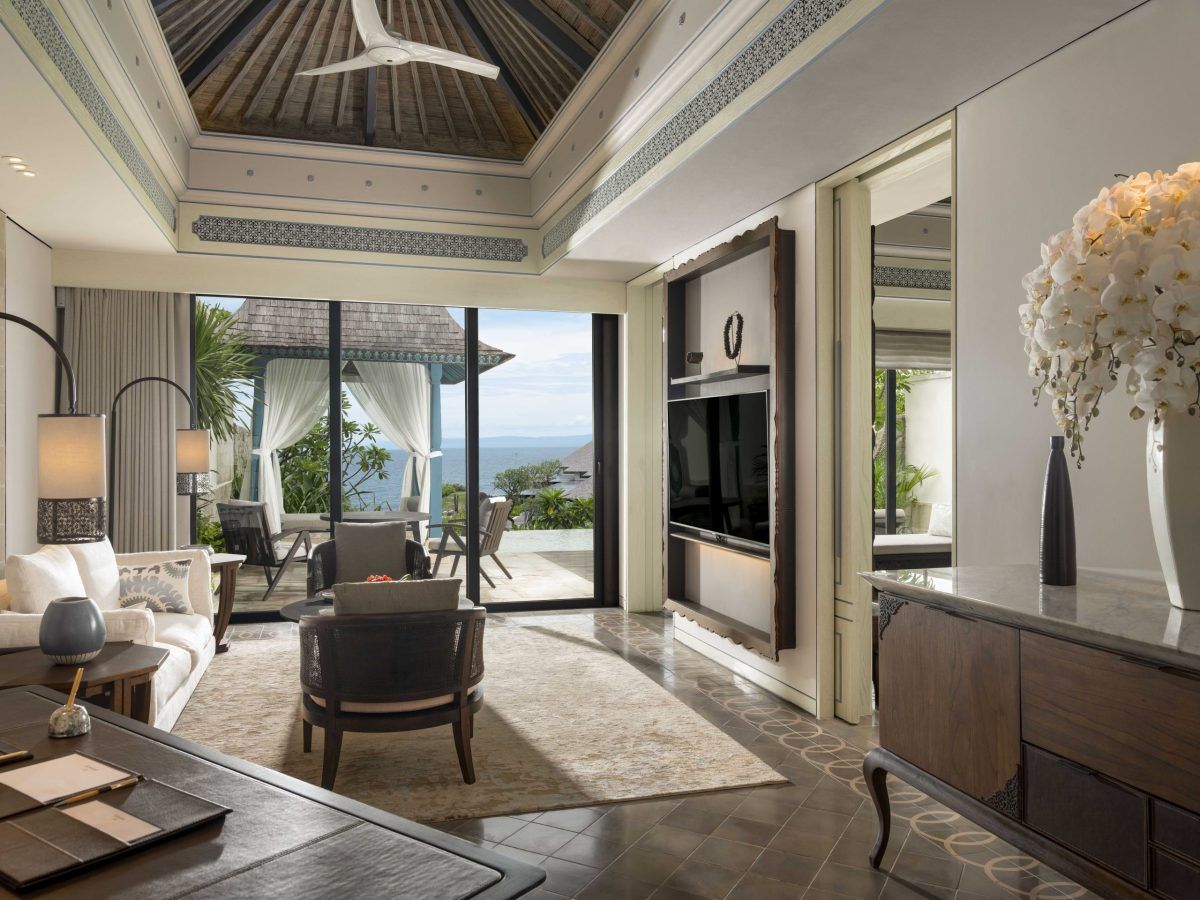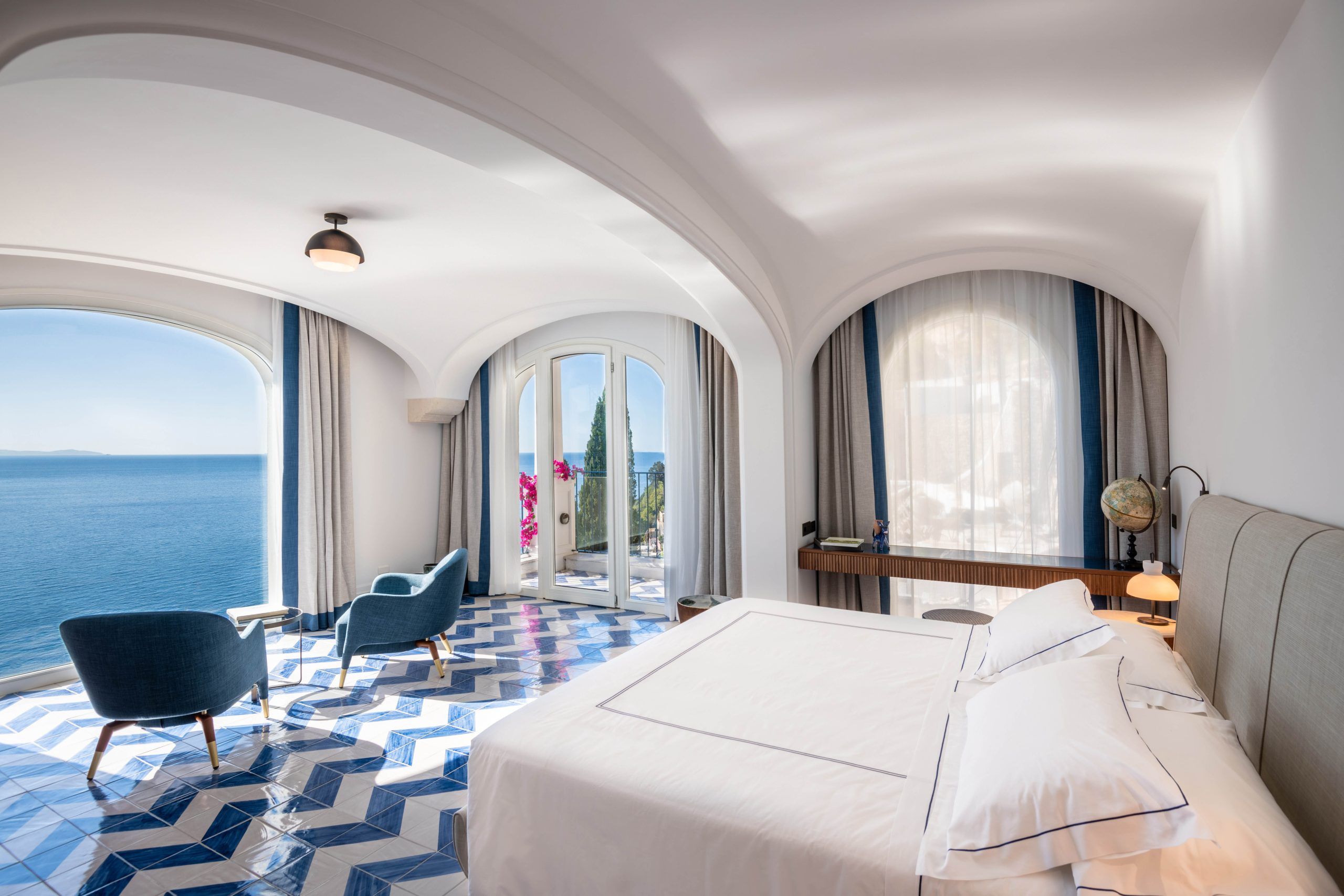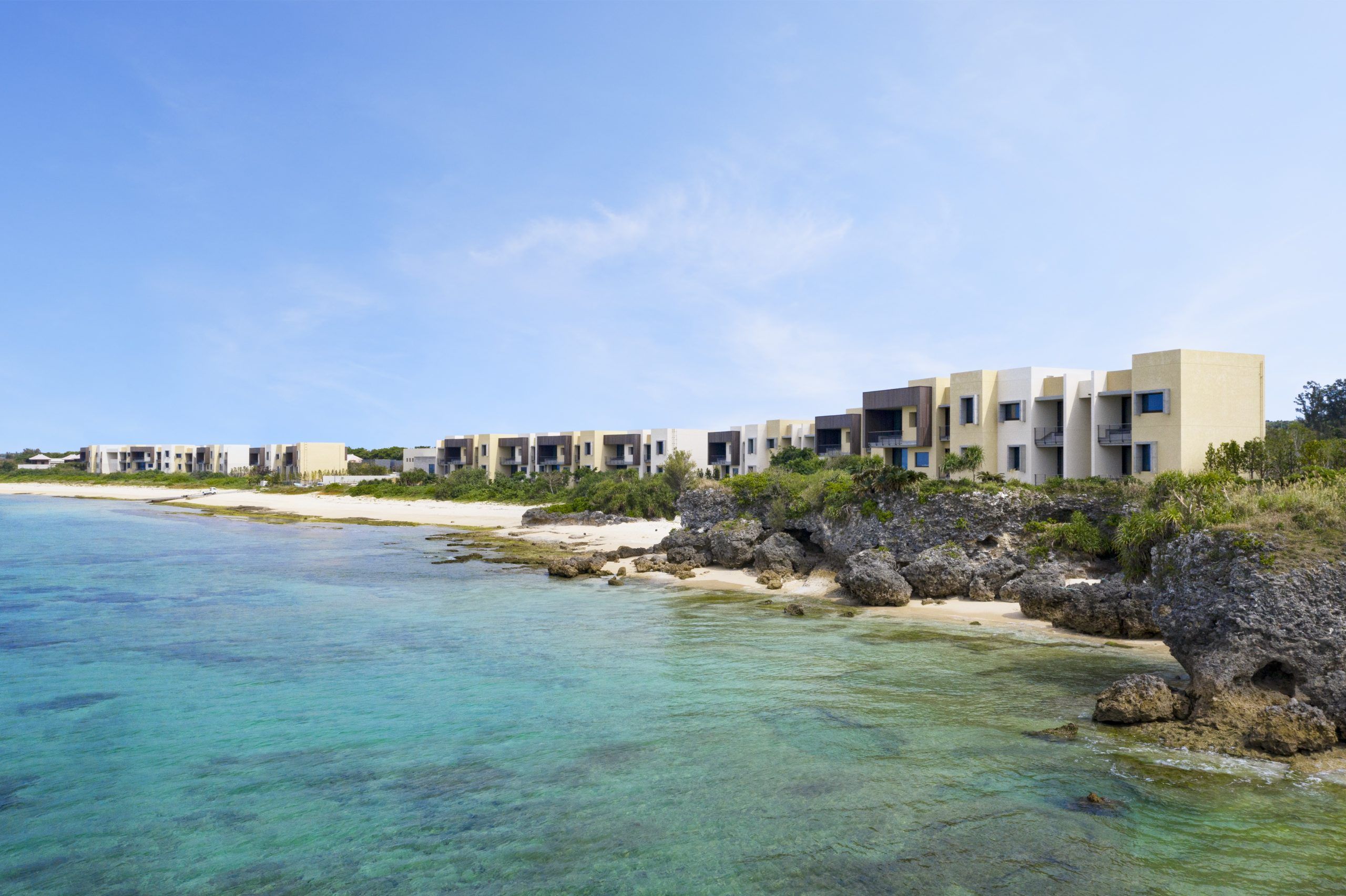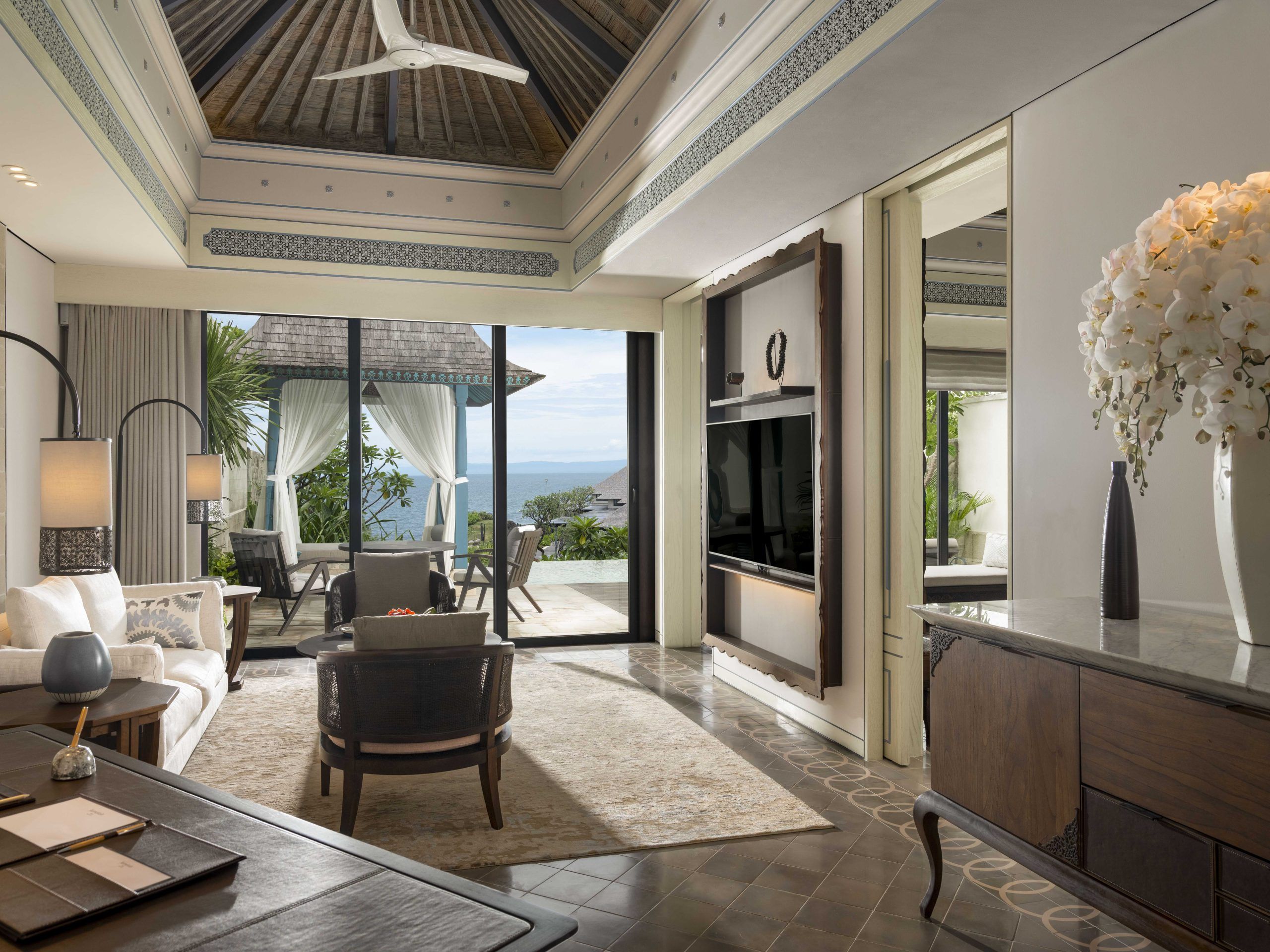From celebrating the Old Masters to firing Tibetan tea bowls, these are the artisan-focused hotels to check into this summer


Through both hardware and guest experiences, these hotels showcase the treasured traditions of the community, and bridge guests with locals. These are the artisan-forward hotels to check into this summer.
A hotel designed by Amsterdam’s finest creatives. Firing a Tibetan tea bowl using local black clay. Creating your own Amalfi-style tile. A boatride on a sabani, steered by a boatman. Textiles that tell of Javanese and Hindu fables. For a summer vacation with a touch of local artisan culture at your doorstep, look no further than these hotels.

Overlooking Amsterdam’s Amstel River, the 128-year-old De L’Europe Amsterdam belonging to the Heineken family recently launched an entire wing as ‘t Huys (translated as ‘house’), consisting of 16 landmark suites. These have been designed by a roll call of the city’s finest creatives including couturier Ronald van der Kemp and jewellery designer Bibi van der Velden. Just like how the city celebrates the Old Masters from the Dutch Golden Age of painting, De L’Europe wants to be a hub where creatives can be inspired, and mingle with other like-minded people. To create a conducive environment, mid-century armchairs and stimulating floral art by Ueli Signer and Florian Seyd of Wunderkammer deck the lobby.

Nestled in a Tibetan village bordered by the ragged peaks of Meili Snow Mountain National Park is LUX* Benzilan, one of LUX* Tea Horse Road’s collection of eight bijoux hotels. The Tea Horse Road is an ancient network of caravan trails and dirt tracks that spread across Tibet and southwestern China. To pay tribute to the ethnic minority groups living here, the textiles, art and soft furnishings at each of the hotels are collected from the neighbouring areas. While travelling between the towns of Shangri-la and Benzilan, guests can also visit Tibetan master potter Luo Sang Enzhu, who will teach them how to shape and fire a Tibetan tea bowl using local black clay. The same material is used to make the vessel for the famous local chicken hot pot that guests can enjoy after the class.

When Borgo Santandrea was launched on the Amalfi Coast in 2022, it was the first luxury hotel to open in 15 years. Last year, the hotel unveiled four new suites, including a 743sqft corner room with sweeping panoramas of the Tyrrhenian sea. Below, local artists inspired by the floor of the Royal Chapel of the Treasure of St Januarius in Naples – a masterpiece of Baroque art and architecture – have painted blue and white geometric patterns in the style of typical Amalfi tiles. Interested guests can visit local craftsman Marco Fuscio at his atelier to learn how to create their own.

Fringed by the coastline on Okinawa’s main island, Hoshinoya Okinawa is a stunning tribute to local culture. A 4.5m-high Gusuku stone wall made of Ryukyuan limestone looms at the entrance. Since the days of yore, these walls have been built around residences and castles to protect the inhabitants. The reception area, a cavernous space steeped in deep blue, encourages guests to take advantage of the restorative qualities of the surrounding sea. In the rooms, Okinawan stencilled tie-dye art with a 600-year history depicting Okinawan flora, fauna and daily life, decorates the walls. If the sea is calm, guests can experience the sabani, a traditional wooden boat steered by a boatman.

Majapahit, the last Hindu empire whose power peaked in the 14th century, was said to have arrived in Bali in 1347. The Jumeirah Bali, designed by Denniston’s Jean-Michel Gathy and Grounds Kenth Architects’ Martin Grounds is an amalgam of Javanese and Hindu influenced design features and incorporates fables from both cultures in its storytelling. Local textile weavers and artists were employed to give these narratives life in their handiwork. Balinese sculptors were also roped in to build the Turkish hammam, a nod to Princess Campa, the Muslim wife of a Majapahit king who supposedly introduced the Balinese elite to Ottoman bathhouse culture. As Gathy puts it, “Jumeirah Bali is designed as a palace celebrating the history of Central Java.”
(Main Image: Borgo Santandrea)